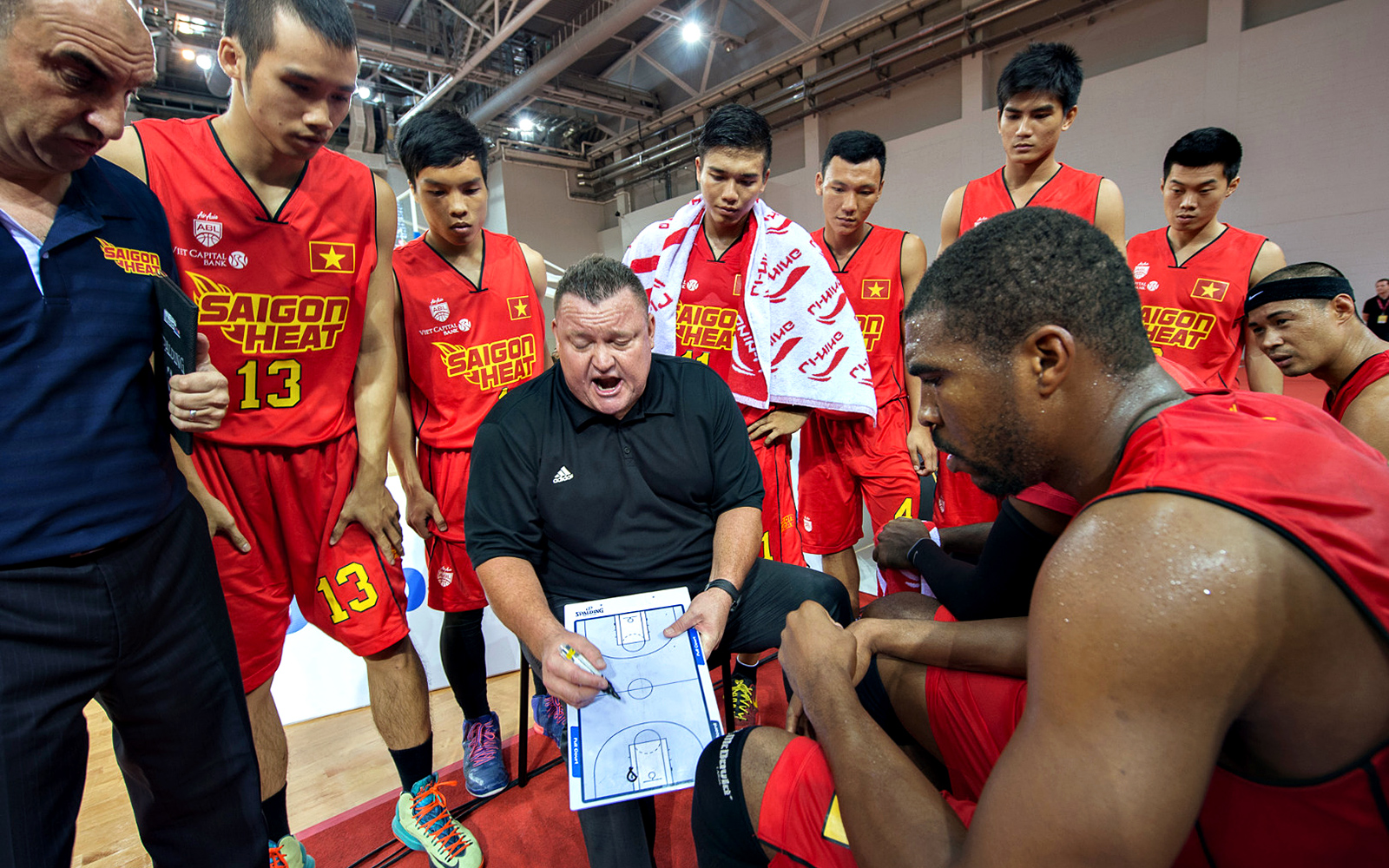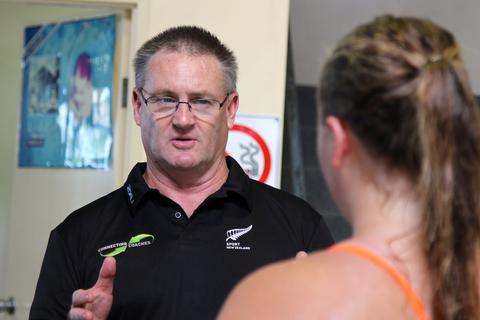The Coaches “Box” – Good and Bad in the Hot Seat in Professional Sport.

They don’t call it the Hot Seat for nothing – the coaches’ box!
The coaches’ box is the place where the coaches sit during the game and make important decisions about tactical, strategic and technical issues that have the potential to impact on the momentum of the game and even change the end result.
Some coaches’ boxes work well.
Some coaches’ boxes don’t.
So what’s the difference?
What’s the one fundamental, critically important objective of every coaches’ box?
To create an environment where tactical, technical and strategic decisions capable of directly impacting on the Game can be made clearly, accurately, quickly, professionally and effectively.
In other words, a great coaches’ box is one where the coaching team has the right environment to make the right decisions at the right time.
A great coaches’ box needs to be strategically created – that is, the coaches’ box must be a reflection of the overall strategic approach to the season and to winning individual games.
For example, if the game strategy is based on a philosophy of strong team defense, then the coaches’ box must provide the opportunity to optimise the decision making process around the team’s defensive patterns, i.e. the defense coach must be in the box and the analysis team must be continually measuring and analysing the effectiveness of the team’s defense during the game.
So how do you go about creating a highly effective coaches’ box?
What works?
Works: Adopting a strategic approach to the who, what, why, when and how about the coaching box and how it will operate.
Doesn’t work: Throwing all the team coaches, staff and management together in the coaches’ box and hope things will work out.
Works: Deciding who will be in the coaches’ box and clearly defining their roles and responsibilities well in advance of game day.
Doesn’t work: Making decisions about roles and responsibilities during the game.
Works: Allowing people in the box to make intelligent comments and provide opinion if it will add value to the decision making process and help win the game.
Doesn’t work: Allowing people in the box to “commentate” and provide running “colour” commentary during the game.
Works: Having a well trained, well equipped analysis team in the coaches box.
Doesn’t work: Not listening to them or tapping into their expertise at the appropriate time.
Works: Having a team of well qualified, experienced, coaching staff with specialist expertise in the coaching box.
Doesn’t work: Ignoring them, abusing them or giving only token attention to their views and opinions.
Works: Getting excited, passionate, angry, enthusiastic and disappointed – emotions are part of professional sport but………
Doesn’t work: Allowing your emotions to impair your decision making ability.
Works: Remaining calm and composed during the big pressure moments.
Doesn’t work: Losing your cool and coaching at your worst as the pressure increases.
Works: Being proactive.
Doesn’t work: Being reactive.
Works: Having a team of people who will challenge you, argue with you and present their own views even if they are in conflict with your own.
Doesn’t work: Filling the box with “yes” men and women.
Works: Having a great team of trusted people around you.
Doesn’t work: Having too many people in the box with you who can not directly or indirectly influence the outcome of the Game, e.g. friends, family, Club Management, consultants, sponsors, Board.
A winning coaches’ box is like any winning sporting team: it must thrive on Game day, it must work well under pressure and it must consistently demonstrate the core foundations of success in professional sport: honesty, selflessness, attention to detail, communication and team work.
So……….how does your coaches’ box look?
Wayne Goldsmith



0 Comments